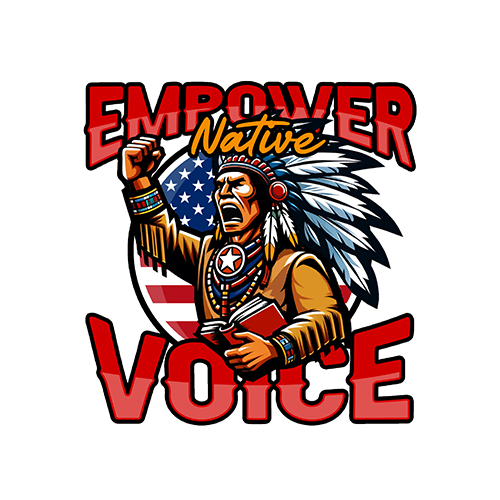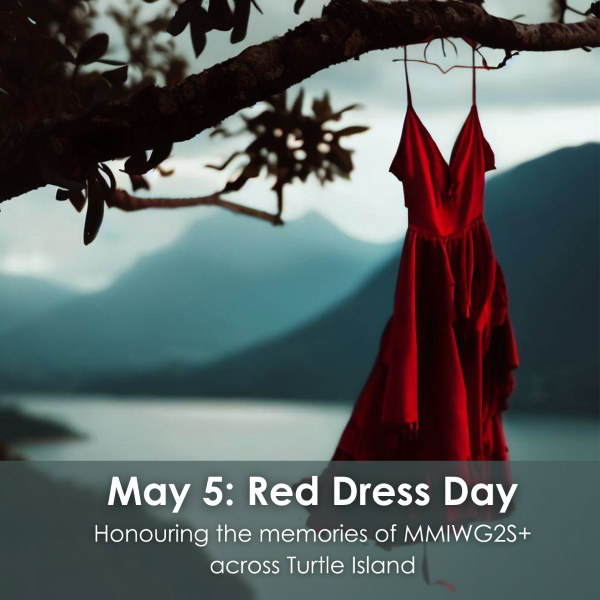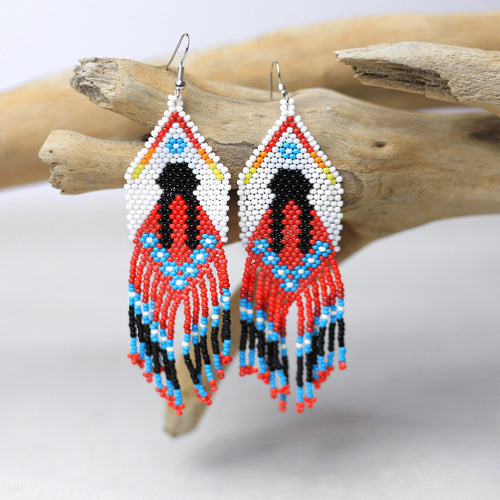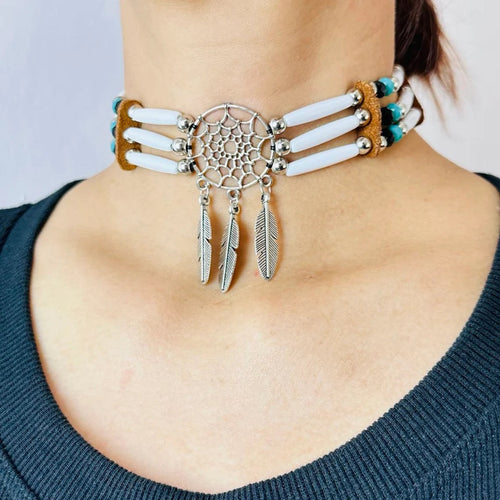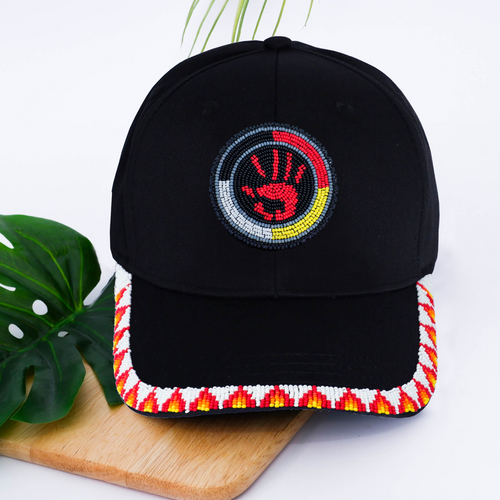Today, #GabbyPetito has more than 956 million views on TikTok. Six law-enforcement agencies, including the FBI, devoted resources to finding her. Her case was mentioned “398 times on Fox News, 346 times on CNN, and 100 times on MSNBC” in a seven-day period ending on September 22, according to the Washington Post.
But had she been an Indigenous woman, this almost certainly would not have happened. We know this because in Wyoming, where she went missing, 710 Indigenous people — most of them women and girls — disappeared in the last decade, according to a recent report. Researchers also found that local and state media covered only 18 percent of cases of Indigenous women murdered in the state between 2000 and 2019. For white homicide victims, that number was 51 percent.
Petito’s case went viral due to social-media sleuths, and the media followed with its wall-to-wall coverage. But before her, we had seen this same thing play out over and over again: Desperate loved ones brought a case to the media, which remains overwhelmingly white. Journalists raised the case’s profile, which in turn made the public become deeply invested. This forced law enforcement to prioritize the case and deploy considerable resources, leading to more media coverage.
The problem with this self-perpetuating cycle is that marginalized people, especially Indigenous women and girls, barely receive any attention even when there’s extensive evidence showing that they suffer disproportionate amounts of gender violence. In fact, American Indian and Alaska Native women living on tribal lands are murdered at rates more than ten times the national average, according to the U.S. Department of Justice.
“It really is sad just how little has changed in terms of the kinds of stories that are getting attention,” says Connie Walker, an award-winning journalist who has spent years reporting on the crisis of Missing and Murdered Indigenous Women (MMIW). Her most recent project, the podcast Stolen: The Search for Jermain, investigates the disappearance of Jermain Charlo, a young mother and Confederated Salish and Kootenai tribal member, who vanished after a night out in Missoula, Montana, in 2018. Walker has observed the media frenzy around Petito’s case with deep frustration. “Obviously it’s tragic what has happened to her and what her family is going through. My heart goes out to them,” she says. “But I think that, as an Indigenous woman, it’s really saddening when I think of women like Jermain Charlo and what the kind of attention that Gabby Petito has gotten in the last few weeks would have meant for her family and her case.”
Walker spoke with the Cut about the similarities she sees between Charlo and Petito, how true-crime reporting should be done ethically, and why Indigenous women and girls deserve the same attention and resources as white female victims.
Tell me about the crisis of Missing and Murdered Indigenous Women (MMIW) in North America and how it’s covered by the media.
It’s not an exaggeration to say there’s a crisis of violence [that] Indigenous women and girls face in Canada and in the United States. The rates of violence — whether you’re talking about being murdered, being sexually assaulted, being physically assaulted, being emotionally abused — are incredibly high in Indigenous communities. That is not reflected in what we see in the media coverage and true crime specifically. That might be why it’s surprising to people. Most of the docuseries, podcasts, and other kinds of stories that focus on this issue of violence against women usually focus on white women, like Gabby Petito. I can’t help but think of Jermain’s family and what it’s like for them watching this unfold. And not just Jermain’s family — the sad reality is there are hundreds, if not thousands, of other Indigenous families who also probably are watching this and longing for that kind of attention and those kinds of resources.
One of the reasons why Gabby’s case went viral was because her disappearance was mysterious and lent itself to a lot of theories that true-crime fans live for, especially online. But I couldn’t help but think as I was preparing for this interview that Jermain’s case was kind of similar, right? The way she vanished, the theories about who could be behind her disappearance. It had all the elements for it to become a national story, and yet, that didn’t happen.
Exactly. She was very active on social media. She was a very attractive young woman. Her family was also immediately concerned because Jermain was not responding to their texts and not posting anything. The difference is that it took a lot of lobbying and effort for them to even report her missing and then, once she was reported missing, for police to take her case seriously. The attention focused on Gabby Petito’s case didn’t just result in a lot of headlines — it also influenced the reaction of law enforcement. I was watching on CNN about how they were searching every inch of this area where she was thought to have been.
I can’t help but think about Jermain and what those kinds of resources would have meant for her family, who, like Gabby’s family, are just desperate for information. Jermain’s family is still waiting for answers. It’s been over three years. They still haven’t been able to find her. They haven’t been able to bring her home. There has been no one held responsible for her disappearance and there are so many other Indigenous families who are in the same boat. I’ve been doing this kind of reporting for years, and I’ve heard from so many families that the police didn’t take their loved one’s death or disappearance seriously. They are not only being affected by disproportionate rates of violence in our communities, but then having to become advocates who are pushing law enforcement.
This crisis of violence, and the way it has been ignored, has been going on for a long time. I mean, Gwen Ifill coined the term “missing white woman syndrome” in 2004. What is necessary then to break the cycle we’ve been stuck in as the media?
We have to ask: Why are there some cases that break out and that get more attention? The answer to that is taking a look at ourselves and who is in these newsrooms. Who are the people who are getting to decide which stories are really important, which stories Americans care about?
The very first story that I pitched to my editor about a missing Indigenous woman was back in 2006. I was working on a national news current-affair show in Toronto and a girl that I knew from back home had gone missing. Her name was Amber Redman, and I remember hearing about her disappearance in an email chain asking people to look for her. It was the same summer that a woman named Alicia Ross went missing in Markham, Ontario. She was blonde and white. I remember thinking that these cases were so similar. But Alicia’s case was on the cover of the national newspapers and it was covered by the national newscast, and Amber’s case barely got any local coverage. I went in to my editor to pitch a story about the media coverage of these two cases. She held up her hand and she said, “This isn’t another poor Indian story, is it?”
Jesus Christ, I’m so sorry.
That was the attitude in 2006. It really is sad just how little has changed in terms of the kinds of stories that are getting attention in 2021. This also really has to do with trying to increase representation in newsrooms and how are we going to support the people once we bring them in. How many Indigenous correspondents are at CNN or at NBC? How many Indigenous journalists work at the New York Times or the Washington Post? We really need to have more Indigenous journalists who are bringing these stories forward. You don’t have to be an Indigenous journalist to tell a story about MMIW, but we can tell stories and we should be given the support and space to tell them. We have the expertise and the lived experience to understand the really complex issues that are behind this disproportionate rate of violence that Indigenous women and girls face.
Something else that’s contributed to “missing white woman syndrome” is this insatiable appetite right now for true crime. I find it very difficult to consume violence for entertainment and I feel really uncomfortable with the way that a lot of true crime approaches families who have been impacted by the loss of a loved one.
How can true-crime reporting be done ethically, then?
Every true-crime story has an opportunity to be about a bigger issue, and should be about a bigger issue. I always think about the reporting that we do, and stories that we do, as being about real people. This is not our story or our entertainment. This is somebody’s real life. Anytime there is an unsolved case — whether that’s an unsolved disappearance or an unsolved murder — these families are left with not only the grief and trauma of losing a loved one, but feeling like you can never get past it because there’s still so many unanswered questions.
True crime is often reduced to the most simplistic ideas — who are the good guys and who are the bad guys, who are the heroes and who are the villains. We have to focus on the people at the center of it and their full, rich, complex experiences, while trying not to reduce them to fit into some other narrative. What we’re trying to do with the reporting that we do is to tell a bigger story. This is obviously centered around the unsolved disappearance of Jermain Charlo, and it’s about trying to help people get to know her and her family, to create space for them to have empathy for Jermain and her family in a way that we aren’t often given space to tell Indigenous stories. A lack of understanding and empathy is really harmful when we see stereotypes being reinforced about Indigenous people. I want to try to do the opposite of that in our reporting.
Why do you think these stereotypes persist?
Many people feel like we exist in the past. Because we haven’t been given the space or the agency to tell our own stories accurately, what’s happened is people have come into our communities and then left and taken our stories with them. They’ve represented them in a way that hasn’t felt true or factual to us. That has been harmful to a lot of people. In a lot of ways, I feel like our podcast is a history podcast in some ways, helping people know the truth about our history. But also, I really rely on the investigative aspect of it, and trying to find answers and information for Jermain’s family, for Cleo Semaganis Nicotine’s family, for Alberta Williams’s family.
The first season of my podcast was about the unsolved murder of Alberta, who was killed in 1989 off the Highway of Tears in Northern British Columbia. The Highway of Tears is a stretch of highway in a really remote part of the province where a lot of women and girls, many Indigenous, have gone missing or been found murdered. Alberta was one of them. It was over 30 years ago, and it didn’t get any media attention. There was not a single article written about her back then. There was some police investigation, but we were able to talk to people 27 years later who had never spoken to the police about what they had seen that weekend or what they believed had happened. That’s the reality. Many families never get any attention, even when they are just as deserving of time and resources. I remember being interviewed about the podcast and a journalist asking me, “Oh my gosh, why did the family open up to you?” I think the journalist was trying to get at the question that because I’m Indigenous, they must have been more comfortable talking with me.
My response was, “I think I was one of the first who ever asked them.”
This interview has been edited and condensed for clarity.
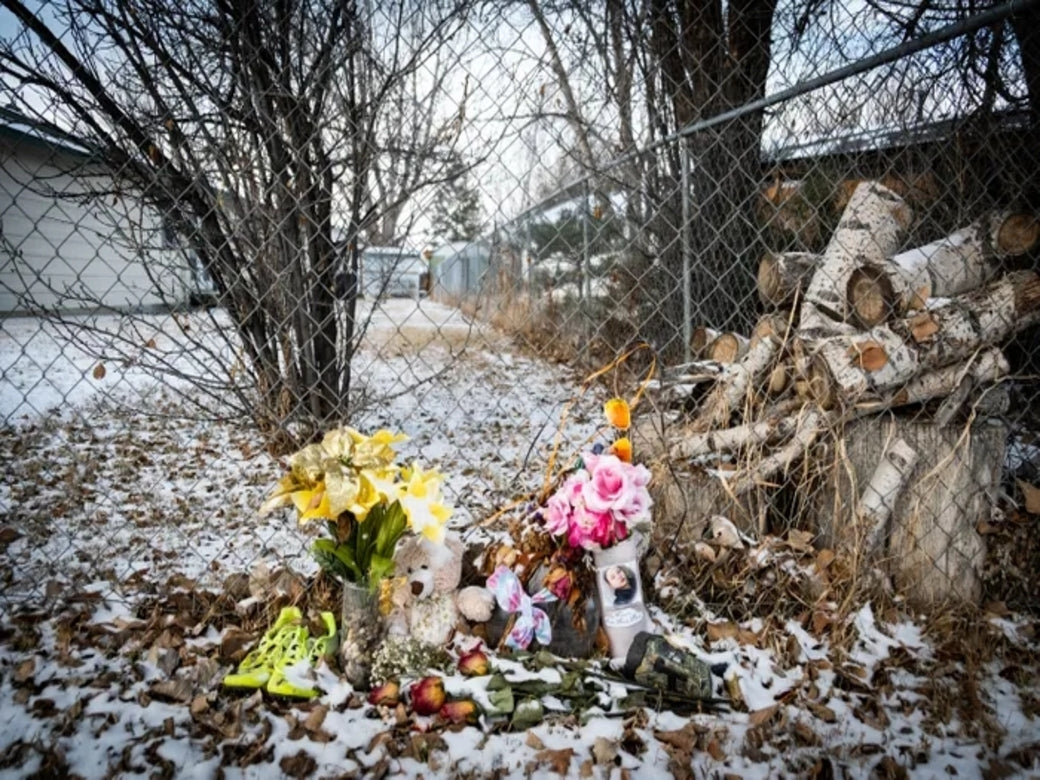
Where’s the Media Attention for Missing Indigenous Women?

